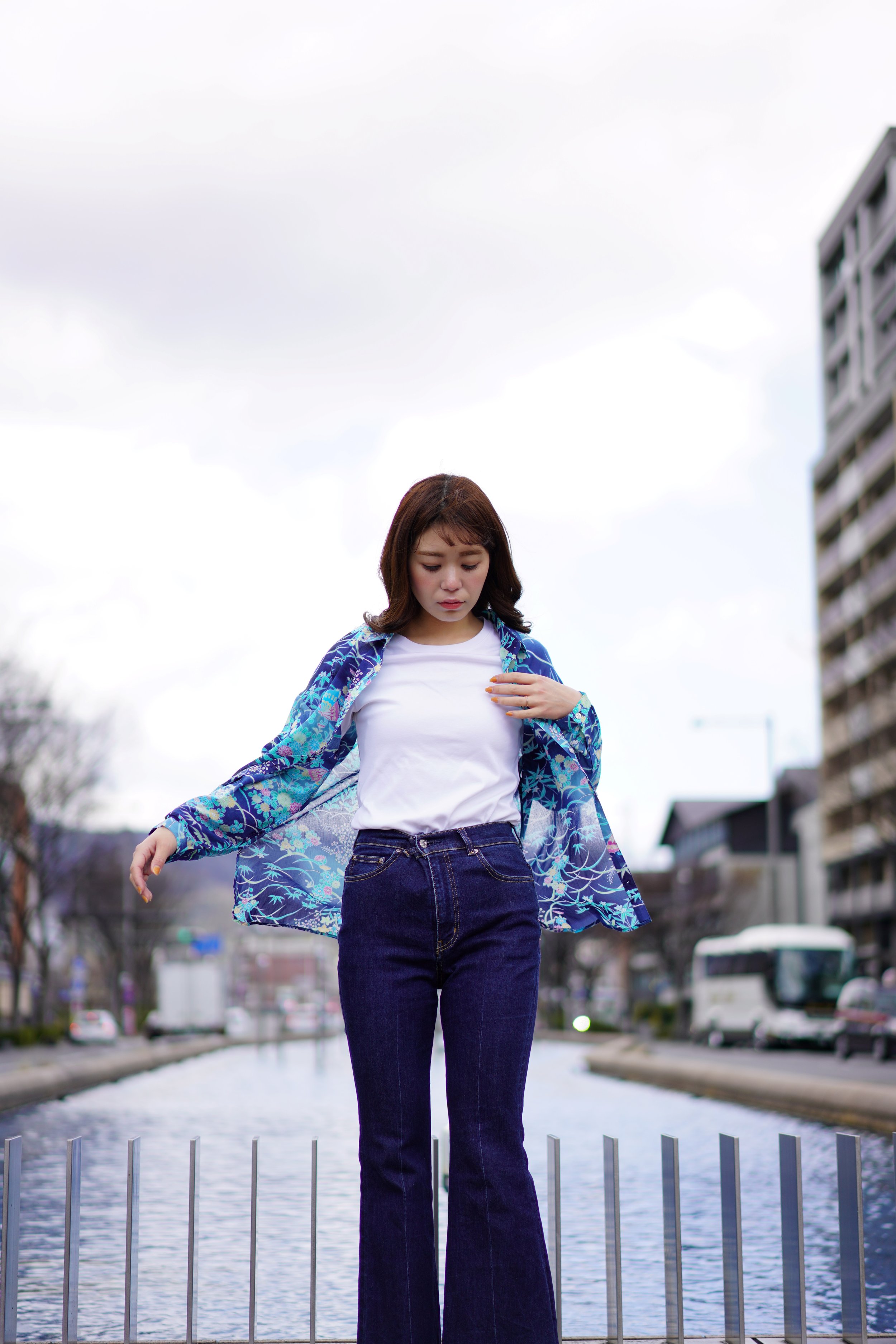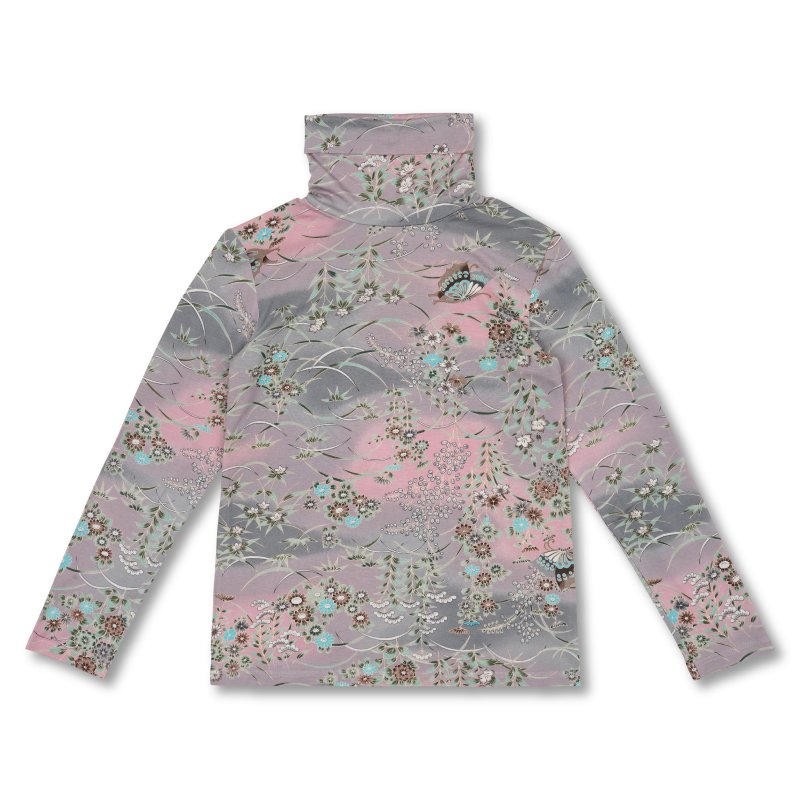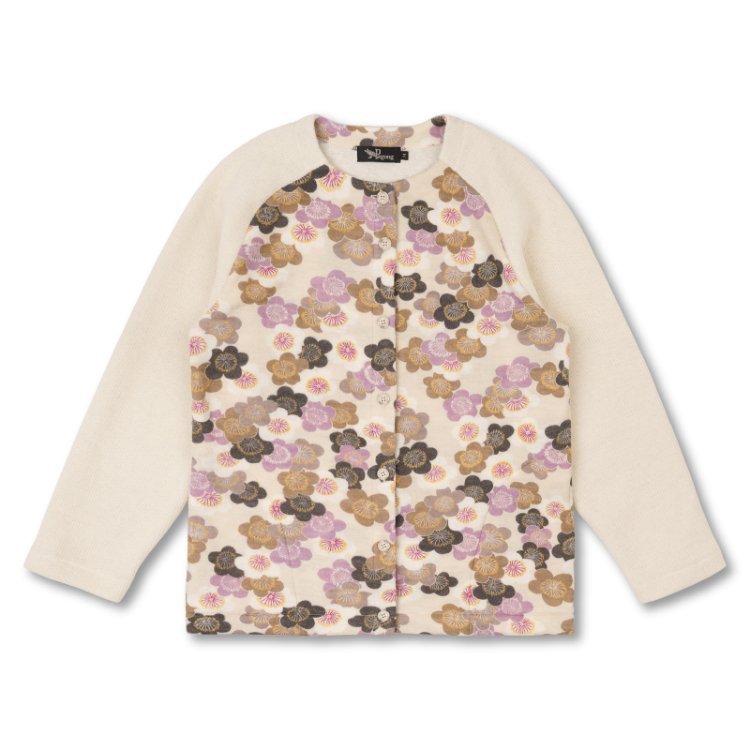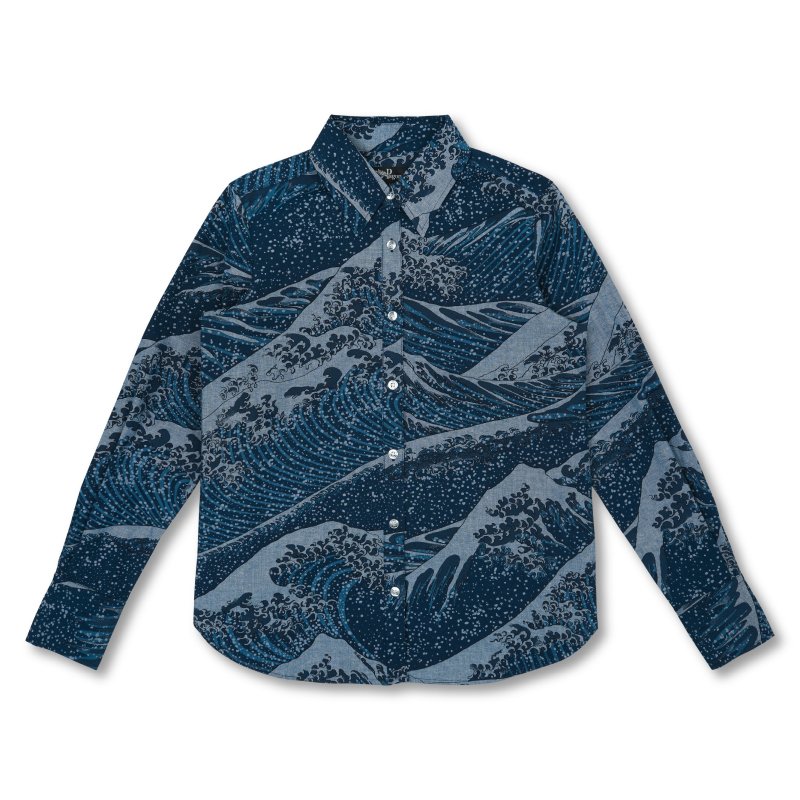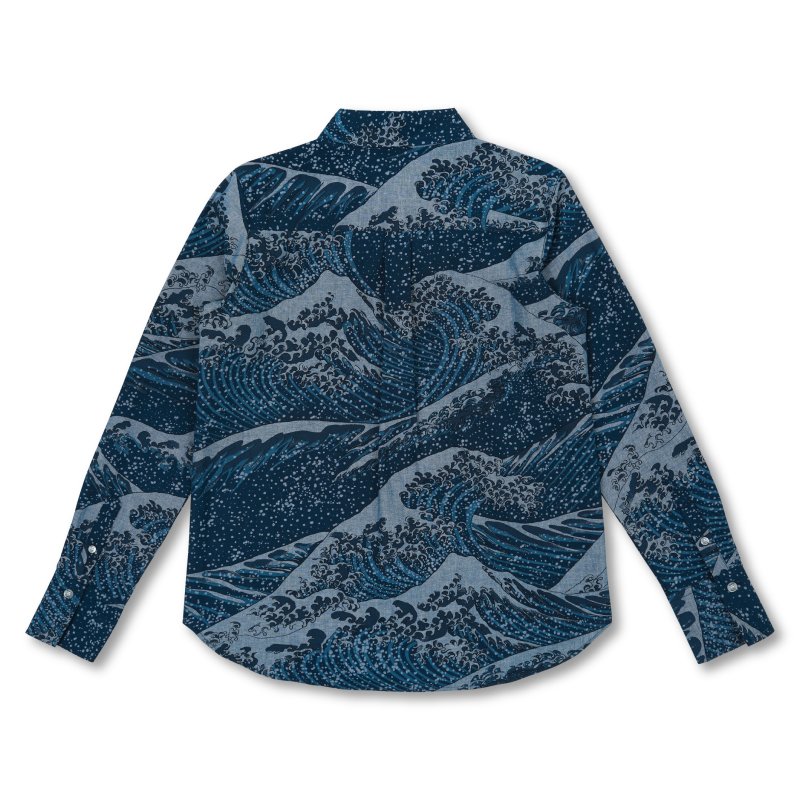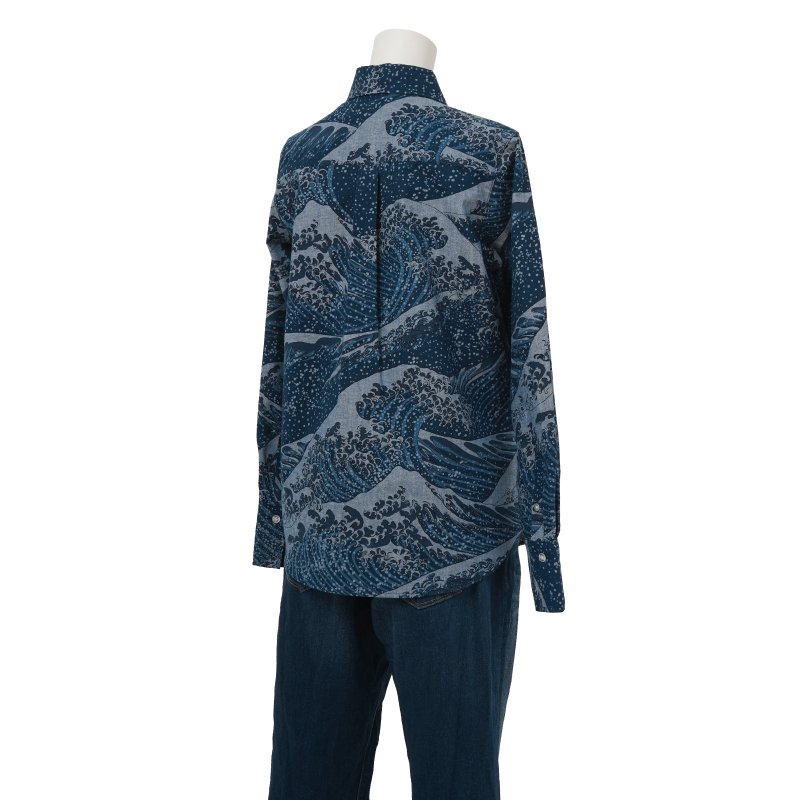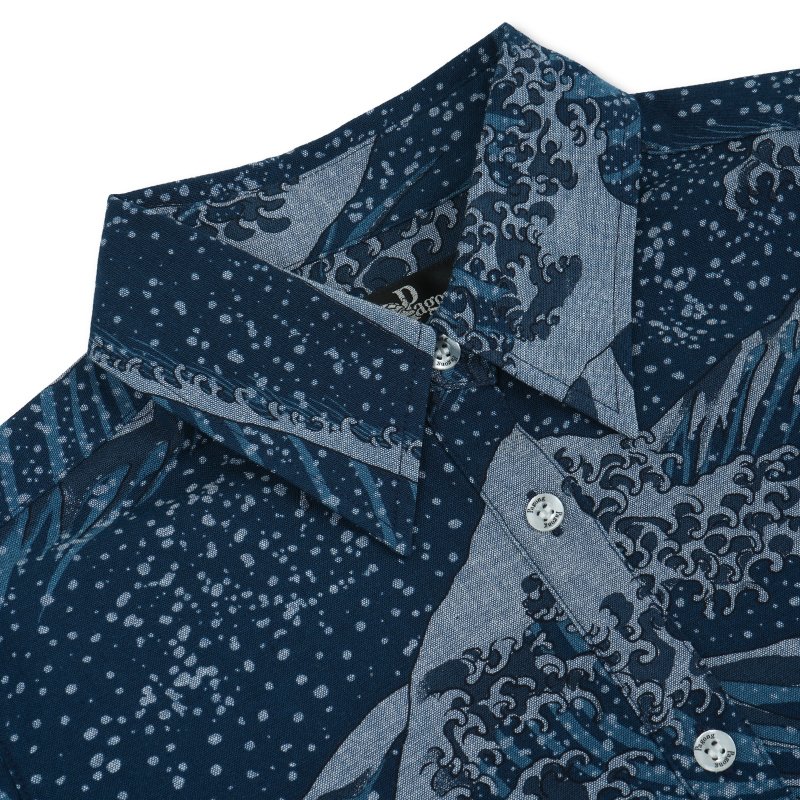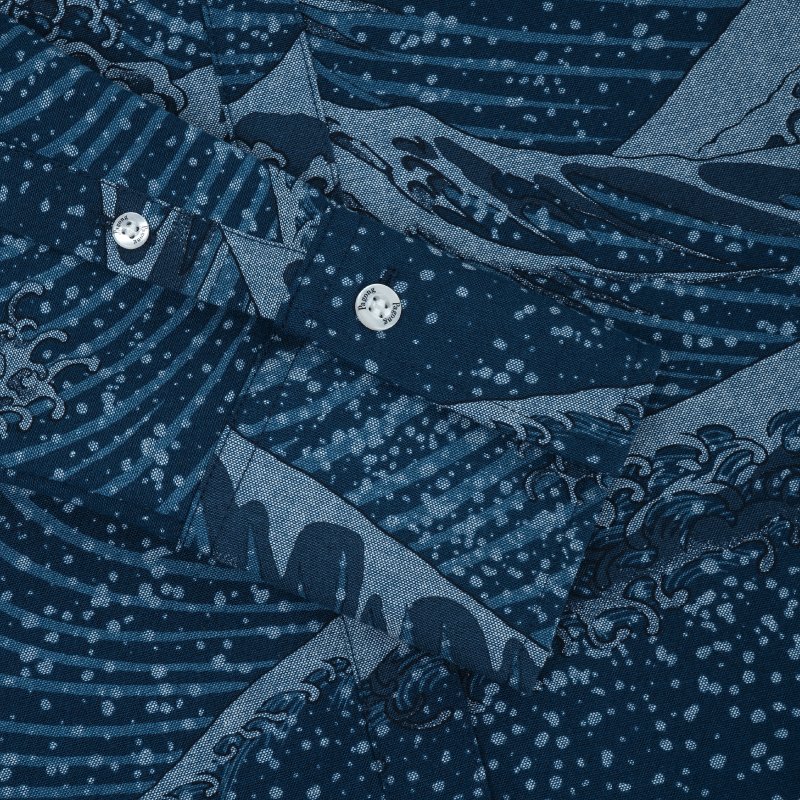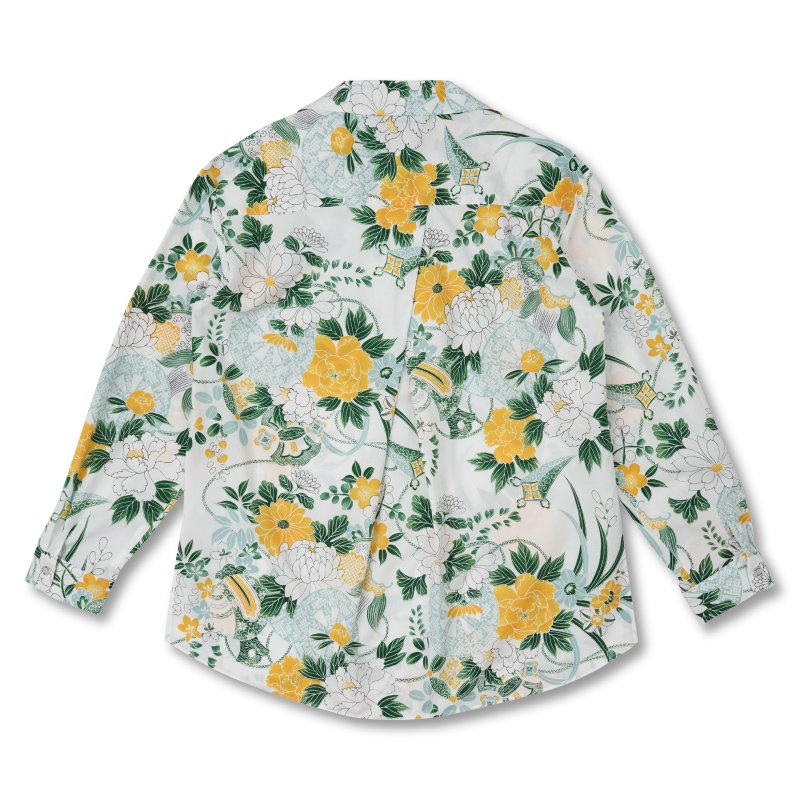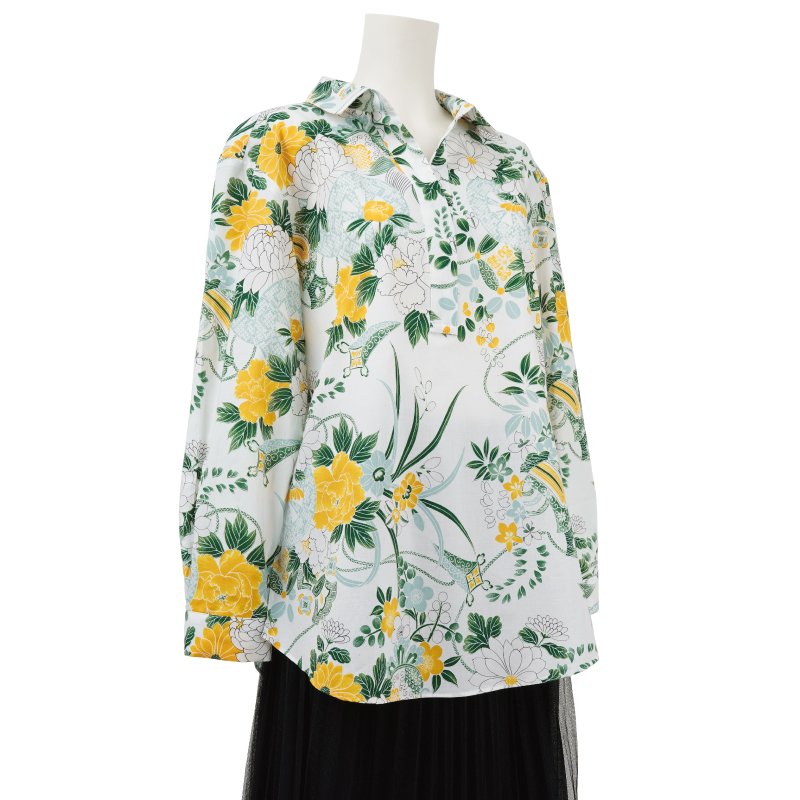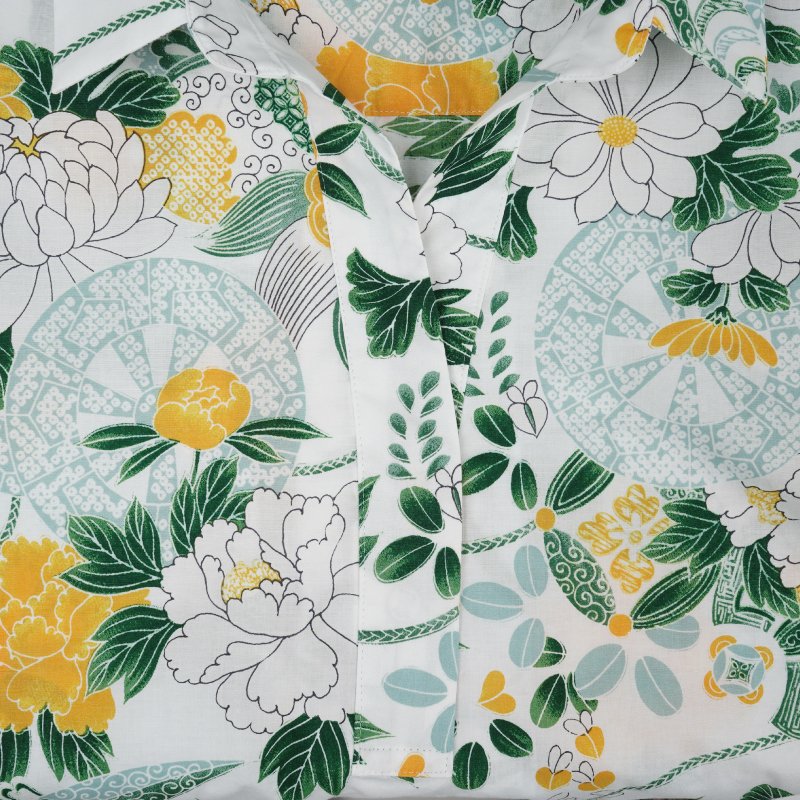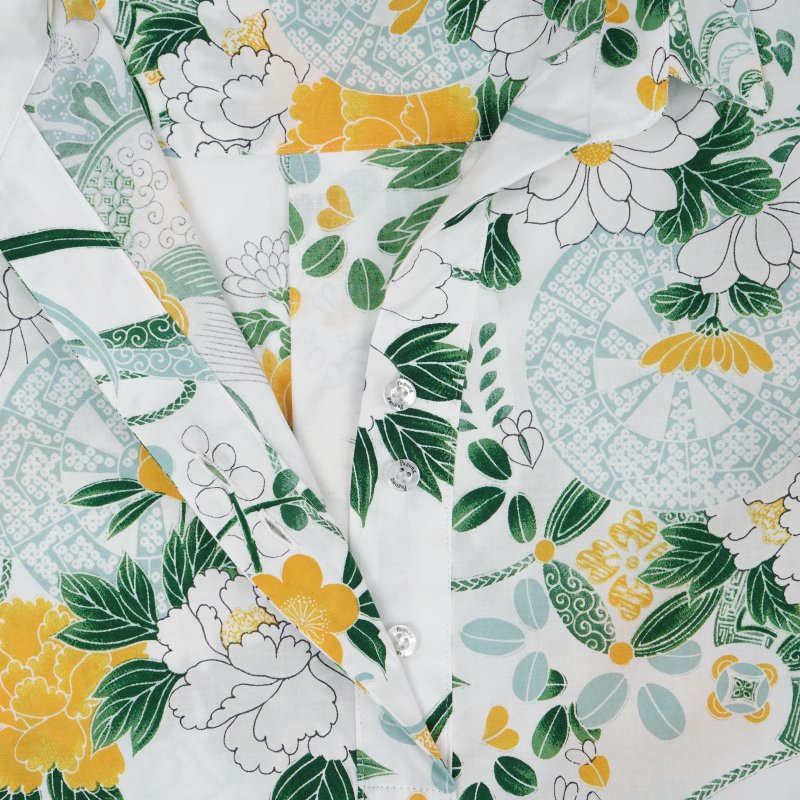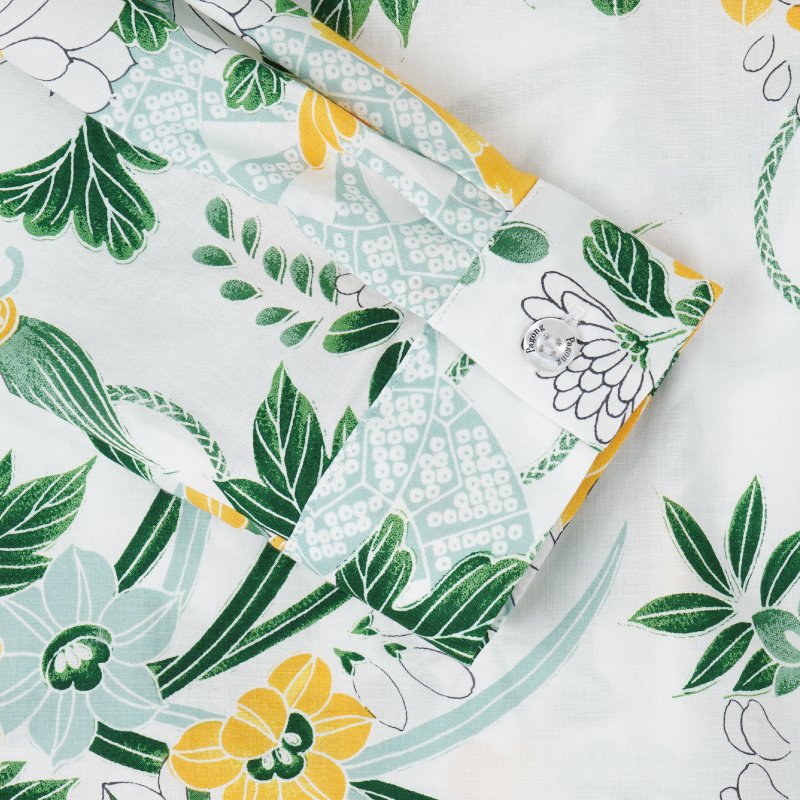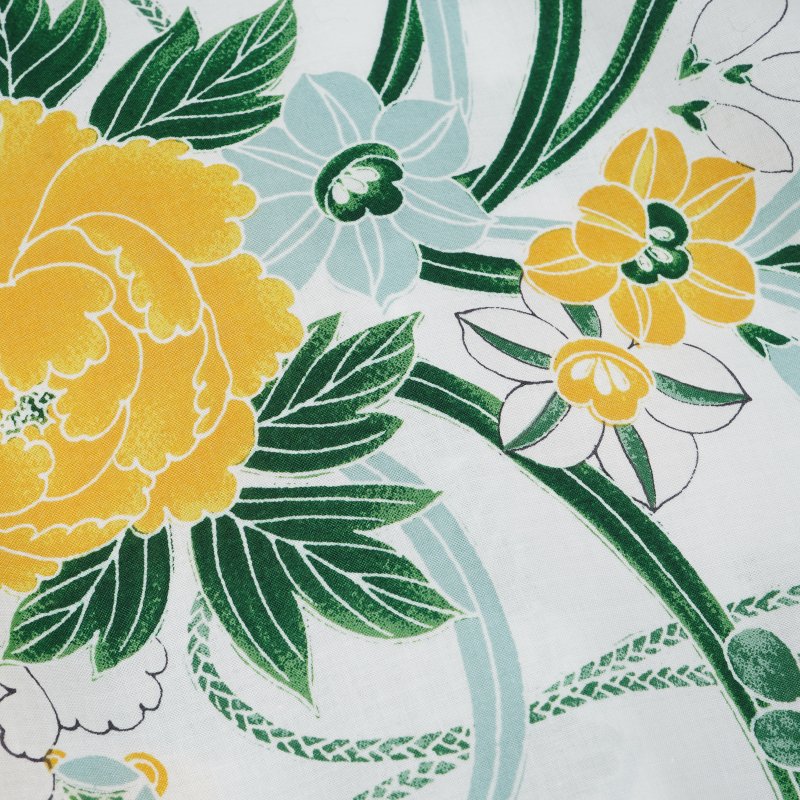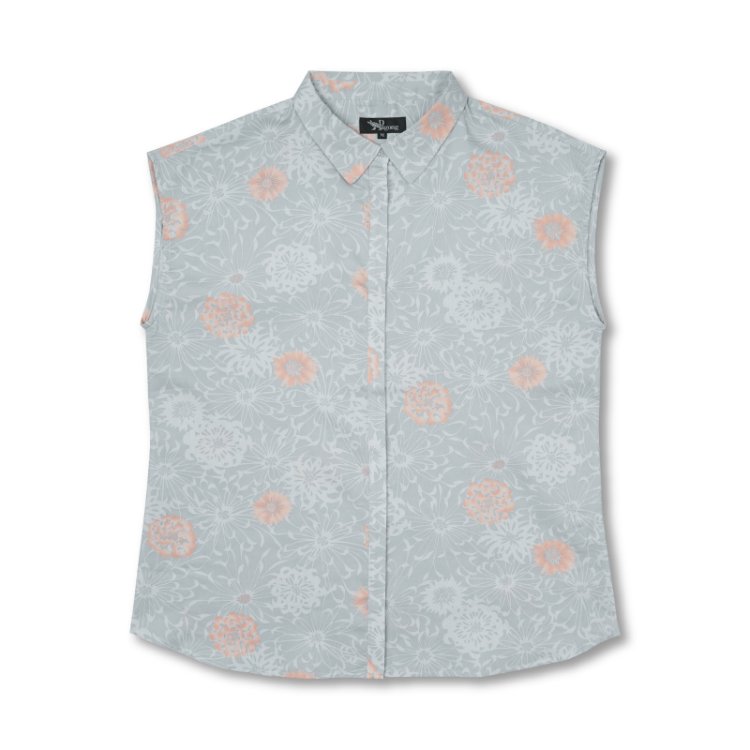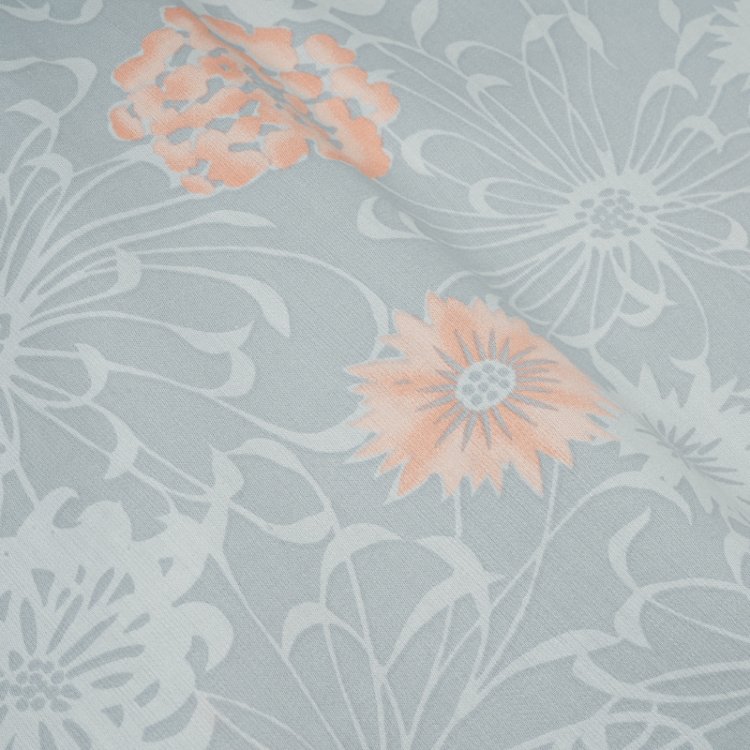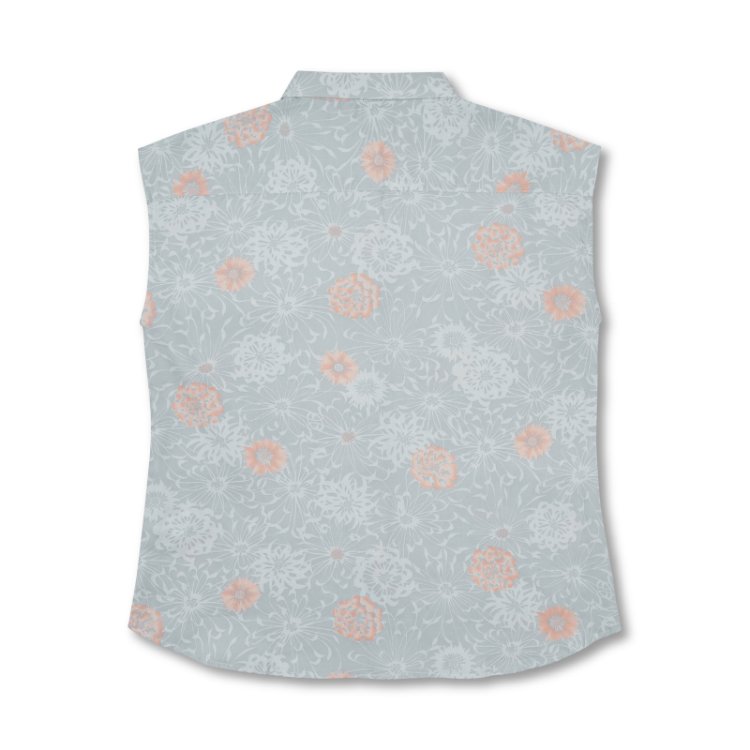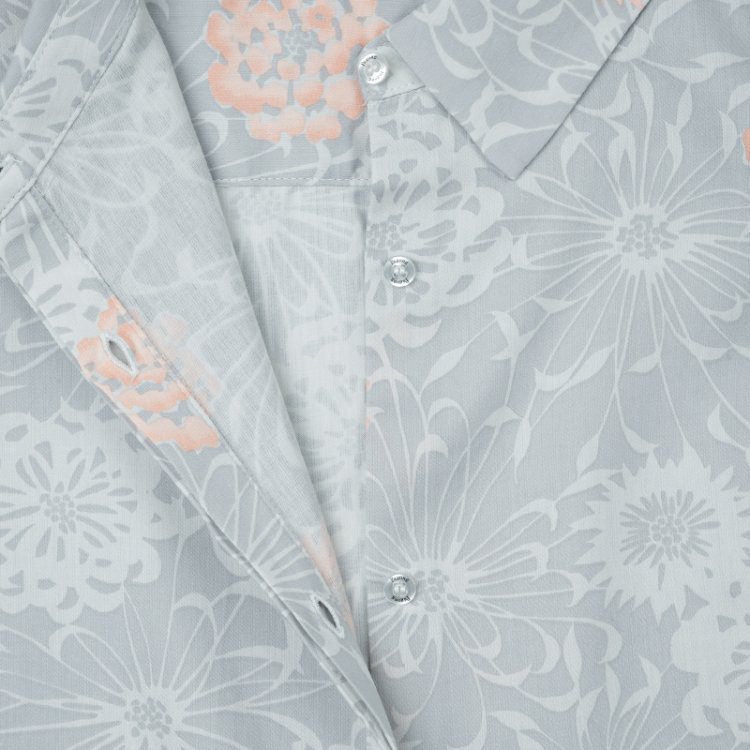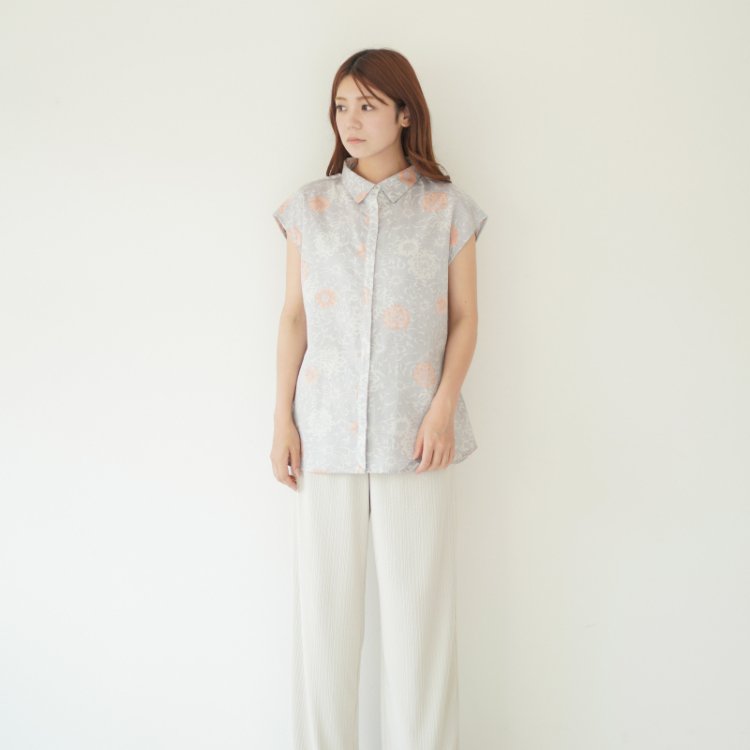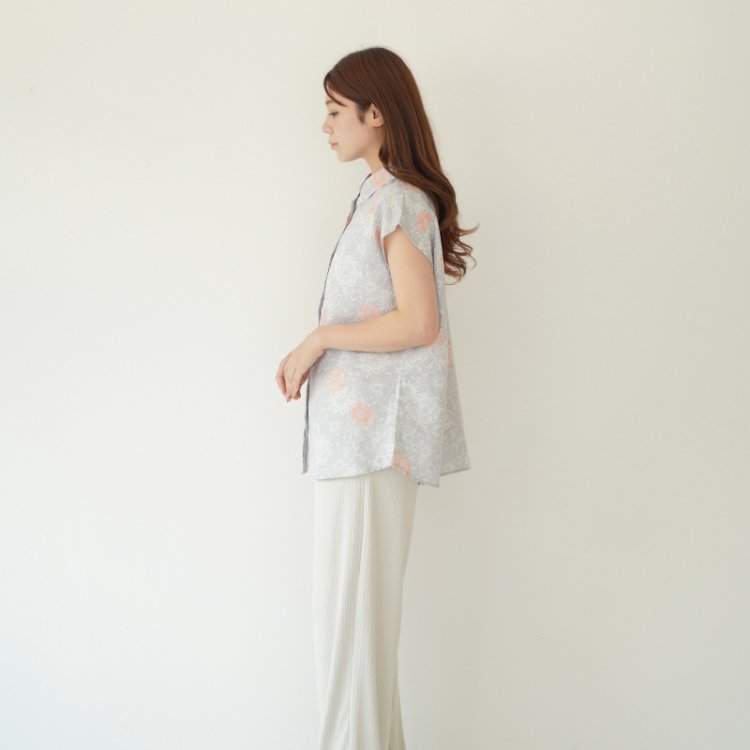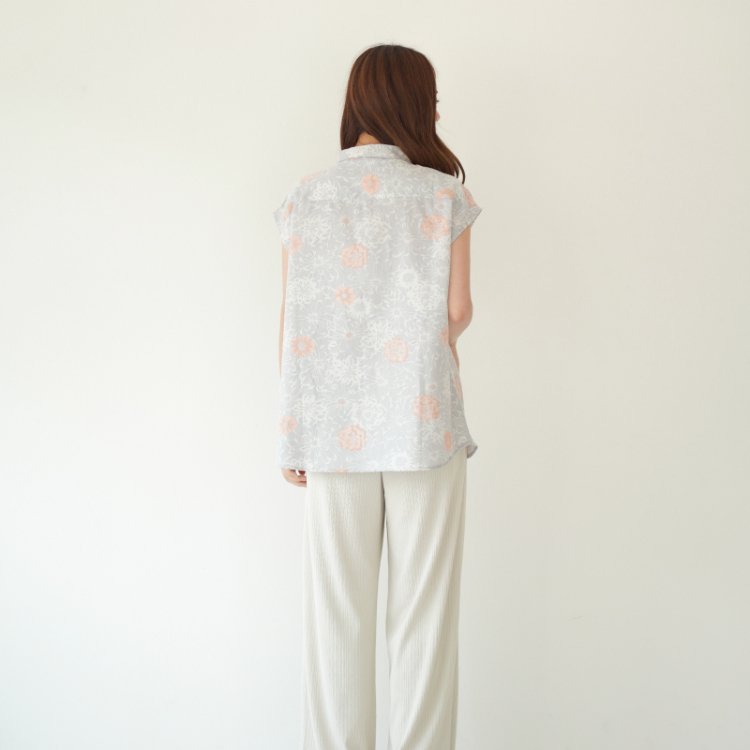CHO ni KUSABANA Long Sleeve Blouse
Color / Navy and Multi-color Care Instruction
Japanese name /蝶に草花 - Cho ni Kusabana
-About-
Butterflies, which flutter gracefully and signal the arrival of spring, appear in Greek mythology, Chinese folklore, and Buddhist teachings, and their dramatic changes from larva to pupa to adult have made them popular in both the East and the West. It has been considered a symbol of immortality, longevity, reincarnation, resurrection, and rebirth.
It was introduced to Japan as a pattern in the Nara period, and in the Heian period when it became Japanese style, it was used as a pattern on the costumes and furniture of nobles, in the Momoyama period it was used on Noh costumes, and in the Sengoku period it was used on samurai's helmets and armor.
・Cotton 95% / Silk 5%
・Made in Japan
・Hand-wash
・Model- (5 feet, 3 inches )
Currency : US Dollar (USD)
Color / Navy and Multi-color Care Instruction
Japanese name /蝶に草花 - Cho ni Kusabana
-About-
Butterflies, which flutter gracefully and signal the arrival of spring, appear in Greek mythology, Chinese folklore, and Buddhist teachings, and their dramatic changes from larva to pupa to adult have made them popular in both the East and the West. It has been considered a symbol of immortality, longevity, reincarnation, resurrection, and rebirth.
It was introduced to Japan as a pattern in the Nara period, and in the Heian period when it became Japanese style, it was used as a pattern on the costumes and furniture of nobles, in the Momoyama period it was used on Noh costumes, and in the Sengoku period it was used on samurai's helmets and armor.
・Cotton 95% / Silk 5%
・Made in Japan
・Hand-wash
・Model- (5 feet, 3 inches )
Currency : US Dollar (USD)
Color / Navy and Multi-color Care Instruction
Japanese name /蝶に草花 - Cho ni Kusabana
-About-
Butterflies, which flutter gracefully and signal the arrival of spring, appear in Greek mythology, Chinese folklore, and Buddhist teachings, and their dramatic changes from larva to pupa to adult have made them popular in both the East and the West. It has been considered a symbol of immortality, longevity, reincarnation, resurrection, and rebirth.
It was introduced to Japan as a pattern in the Nara period, and in the Heian period when it became Japanese style, it was used as a pattern on the costumes and furniture of nobles, in the Momoyama period it was used on Noh costumes, and in the Sengoku period it was used on samurai's helmets and armor.
・Cotton 95% / Silk 5%
・Made in Japan
・Hand-wash
・Model- (5 feet, 3 inches )
Currency : US Dollar (USD)











